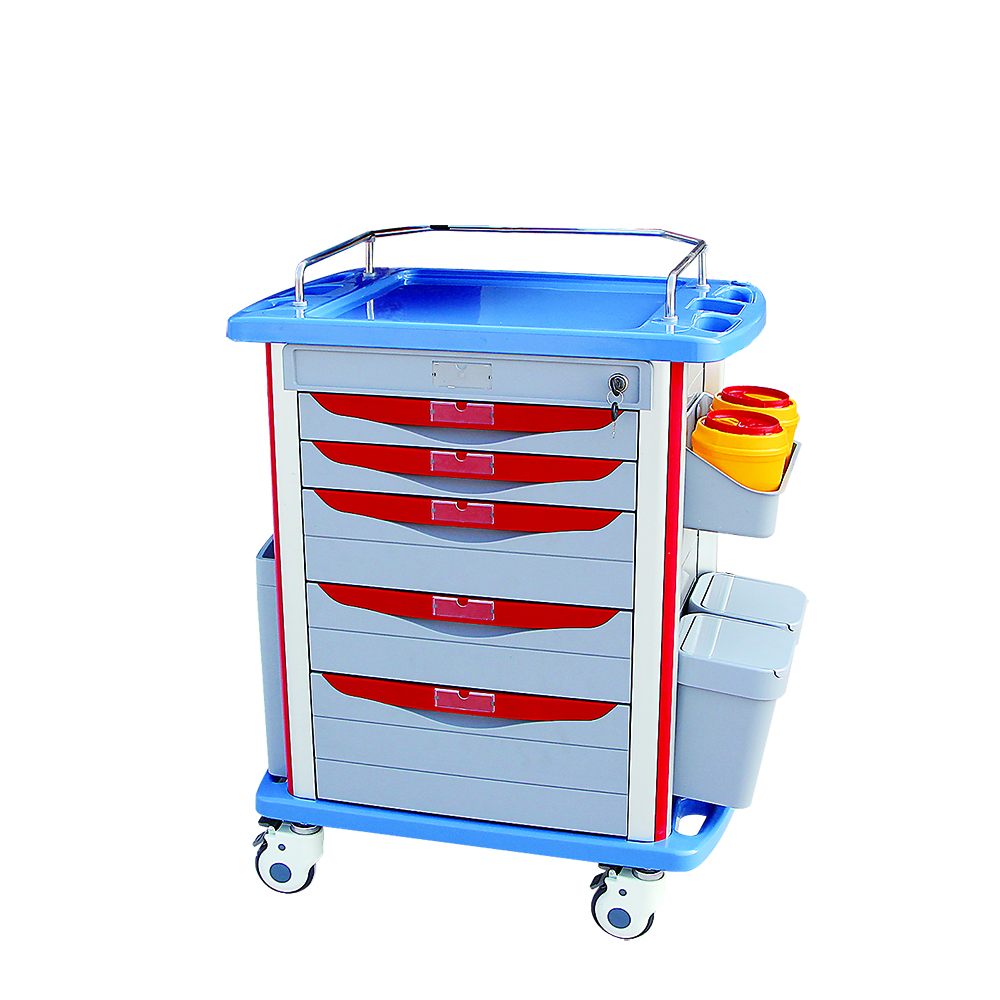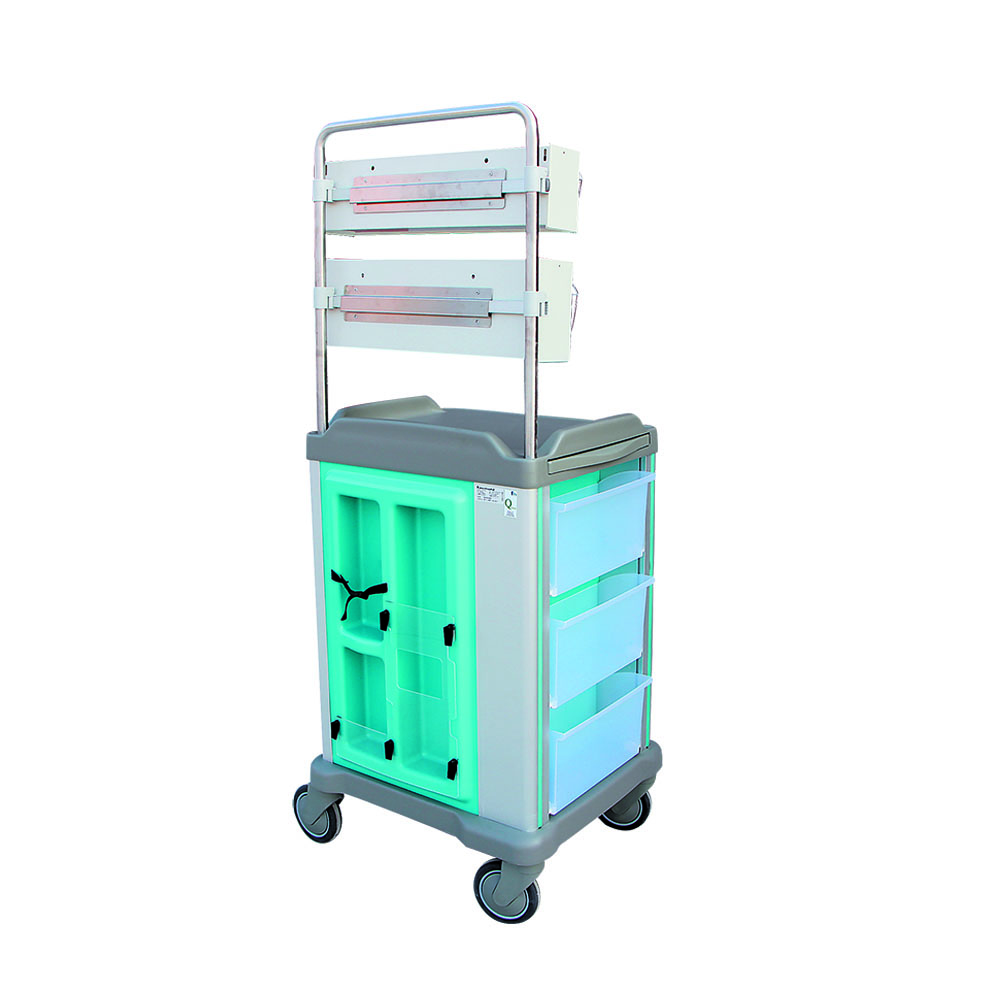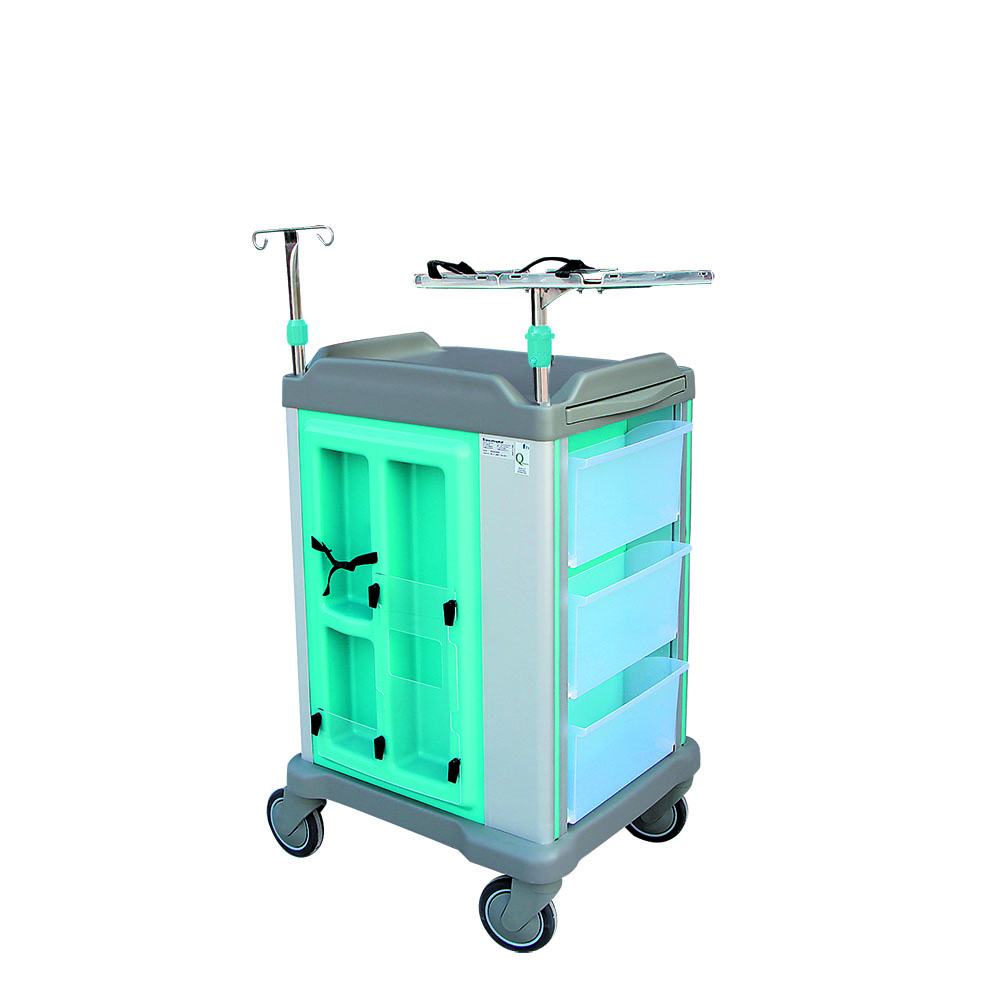1. Variety selection
To cultivate carrots in early spring, choose varieties that have a shorter growth period, strong cold tolerance, and are not easy to bolt in spring cultivation. After years of experiments by technicians of Yongqing Vegetable Management Bureau, it is found that the main varieties with strong adaptability are South Korea's "Xinkuoda 5-inch Ginseng", "Spring and Autumn Three Red Five-inch Ginseng", and "Super Red Crown".
2. The sowing date is determined
According to the production experience, the minimum temperature for carrot germination is 7 degrees, and the suitable temperature for carrot fleshy roots to expand is 18-25 degrees Celsius. The suitable sowing time for spring radish in Langfang area can be from late February to early March (cultivation under small arch sheds), and from mid-late March to early April (cultivation without small arch sheds). If sowing is too early, early bolting is prone to occur, and if sowing is too late, it will encounter summer rains in the late growth period. If the drainage is not good, it will cause the carrot roots to die and cause the seedlings to die.
3. Land plot selection
Since carrots’ fleshy roots penetrate deeper into the soil, choose a sandy loam or loam soil rich in organic matter that is loose soil, deep soil, good drainage and irrigation, and higher yields can be obtained. If the cultivated soil layer is too shallow, or there are many clinging debris, the fleshy roots are easy to bend, are short and have more fork roots, and the commodity rate is low. Therefore, deep ploughing of the soil is required to be 30-50 cm, combined with deep ploughing into the base fertilizer, 3000-5000 kg of high-quality decomposed ring fertilizer, 20 kg of diammonium phosphate, and 15 kg of urea per 667 square meters.
4. Preparation before broadcasting
In order to promote early germination and emergence, the seeds should be soaked and accelerated before sowing. The method is to soak the seeds in 30~35℃ warm water for 3~4 hours. After removing them, put them in a wet towel or bag to keep them moisturized, and place them at 25~30℃ for accelerating germination. ~4 days, stir and rinse regularly. After 80%~90% of the seeds are white, the seeds can be mixed with wet sand for sowing. You can add more sand to the seeds to spread evenly.
5. Seeding
There are two cultivation methods: ridge and flat sowing and border sowing. Ridging and drilling is a bit of good drainage and irrigation, the produced carrots have good commercial properties and high yields; the disadvantage is that the operation is relatively cumbersome and inconvenient for mechanized operation. Generally, in the case of good fertilizer and water conditions, the row spacing for flat-border sowing carrots is 10 cm 10 cm or 12 cm 12 cm; the ridge spacing is 6 cm, the ridge width is 6 cm, and the plant spacing is 10 cm. The overburden is about 1.5 cm thick. The floating soil above the seeds should be finely crushed. After sowing, lightly suppress the border surface, so that the seed and the soil are tightly combined. On the day of sowing or the next day, use 50% promethazine 450g per 667 square meters and spray 75 kg of water with the border noodles, and the effect of weeding is better. After sowing radishes in spring, cover a layer of mulch (or small arch shed) on the surface to increase the temperature and protect the moisture, and also prevent the rain from hardening the soil and causing difficulty in emergence.
6. Post-broadcast management
After sowing, keep the soil moist and create conditions conducive to seed germination and emergence. Thinning and cultivating must be carried out during the spring radish seedling stage. Generally, thinning should be carried out for 2 to 3 times, and the first time should be carried out when 1 to 2 true leaves are removed. Inferior seedlings, weak seedlings and too dense seedlings; the second time is carried out when there are 3 to 4 true leaves, and the seedlings will be fixed after thinning. The fixed seedlings are separated by 10 cm and the row spacing is 10-12 cm. When the seedlings are seen, the method of cutting the seedlings is used to prevent the soil from loosening during thinning, causing root damage, causing dead seedlings, fork roots, and affecting yield and quality.
In the vigorous growth period of the above ground, water should be properly controlled, and the seedlings should be cultivated and squatted to prevent the growth of fleshy roots due to the overgrowth of the leaves of the seedlings. The fleshy root swelling period is the fastest growing period of carrots, and it is also the period that requires the most water. Sufficient water must be added, and watering should be carried out in the morning and evening. Carrots like phosphorus and potassium fertilizers, and it is not advisable to apply too much nitrogen fertilizer. Generally, topdressing is 2 to 3 times during the growth period. The first time was carried out 5-7 days after the seedlings were fixed. Combined with watering, 3 kg of ammonium sulfate and 3 kg of phosphorus and potassium fertilizer were applied per 667 square meters, or 500 kg of decomposed human urine was flushed. After that, apply the second or third fertilizer every 20 days or so. Carrots are drought-tolerant, and they are generally seldom watered after they are watered with top dressing. Try to prevent and control the appearance of inferior roots during cultivation:
(1) Cracked root refers to the cracking of fleshy root, which is not easy to store and transport. The reason is the uneven supply of soil moisture, sudden dry and wet, or continuous cloudy days, sudden heavy rain; damage to the outer skin (freeze damage, pesticide damage, pests, etc.). Prevention method: During the period of fleshy root swelling, attention must be paid to even water supply and timely control of underground pests.
(2) The chaff core is also called hollow, which means that the central part of the fleshy root is dry and loses water, which seriously affects the eating quality. The reason is the uneven water supply before and after the growth period, such as excessive humidity in the early period and drought in the late period; emphasis on nitrogen fertilizer; early bolting; high temperature and dryness during storage and transportation. Prevention methods: pay attention to balanced water supply in the early and late stages; balanced fertilization; choose spring planted varieties; create a suitable storage environment.
(3) Forked roots refer to the abnormally enlarged lateral roots of radishes, forming bifurcated fleshy roots. The reason is that the radicle is destroyed when the seed germinates; there are hard objects in the soil, the plough layer is shallow, and the soil is sticky, which hinders the downward growth of fleshy roots; uneven fertilization, or the fertilizer is not completely decomposed, causing damage to the taproot; During management, weeding or cultivating damaged the root tips. Prevention method: finely prepare the ground, pick out hard objects such as rocks, bricks, etc.; choose soil that is not too sticky for planting; cultivate the land as deep as possible; apply fully decomposed organic fertilizer to avoid root burning; be careful in cultivating and weeding to avoid Damage to the roots.
7. Prevention and control of pests and diseases
Carrots have fewer pests and diseases in early spring. It is observed that there are basically no other pests and diseases except for grubs in the seedling stage. For the control of grubs, trichlorfon, phoxim and wheat bran can be formulated into poison baits, and they can be sprinkled in the field before evening.
8. Harvest
Early spring carrots take about 90 days from sowing to harvest, generally harvested from the end of June to the beginning of July. When they mature, the leaves no longer grow, no new leaves are seen, and the lower leaves turn yellow. Harvesting too early or too late will affect the commercial properties of carrots and thus affect the yield. If you are not in a hurry to market, you can store the carrots in a cool, ventilated place at 0~3℃ to extend the time to market.
Disclaimer: Some articles on this website are transferred from the Internet. If the legal rights of a third party are involved, please inform this website for processing. phone
staff and provides patients with a high-quality hospital experience. At the same time, the company maintains long-term close cooperation with universities and large medical groups, and enters the medical engineering industry such as
medical intelligent sharing and accompanying systems, medical logistics storage systems, and operating room purification systems.



Emergency Trolley,Stainless Stell Trolley,Mobile Emergency Trolley Carrying Drugs,Emergency Trolley With Drawers And Wheels
Shanghai Rocatti Biotechnology Co.,Ltd , https://www.ljdmedical.com